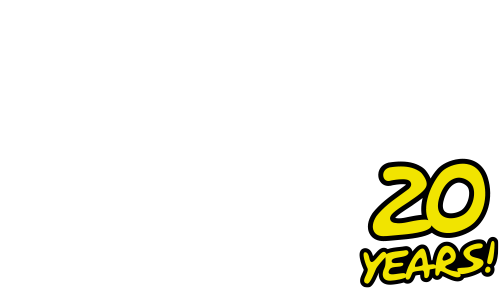History
This version of the Frankenstein Monster was created by the Nazi scientist Basil von Frankenstein in 1942. Basil collaborated with a Japanese scientist named Doctor Kitagowa and used his ancestor's research to create his own monster. Unlike the rebellious creature created by Victor Frankenstein, this iteration of the monster was completely subservient to Basil's commands. It was Basil's intention to replicate the experiment to create a veritable army of the undead for the Third Reich.
News of Nazi activity reached the ears of the Invaders and they traveled to Castle Frankenstein in the Swiss Alps to investigate. They were repulsed by what they had seen in Frankenstein's laboratory, particularly when they watched the monster execute the Nazi salute. The Invaders fought with the creature, but he quickly overpowered them, securing the heroes inside a dungeon in the depths of the castle. The Invaders broke free and fought the monster a second time. During the battle, the creature was slammed into an electrical panel and the massive jolt of electricity disrupted the programming that forced him to be obedient to his masters. Free to act of his own accord for the first time in his brief life, the monster exacted his revenge. He grabbed Basil von Frankenstein and Doctor Kitagowa and leaped from the parapet of the castle where they died on the rocks below.
Of the Invaders, the Human Torch envied the monster, owing largely to the fact that he too was an artificial human being. When nearby villagers threatened to raze the castle, the Human Torch warded them off, declaring that the castle would now serve as a memorial to the free man who lived and died here.[1]Attributes
Powers
Notes
- The concept of the original monster was created by Mary Shelley and adapted for Marvel Comics. Don Glut and artist Chic Stone developed this creature.
See Also
- 2 appearance(s) of Frankenstein's Monster (Nazi) (Earth-616)
- 1 minor appearance(s) of Frankenstein's Monster (Nazi) (Earth-616)
- 1 mention(s) in handbook(s) of Frankenstein's Monster (Nazi) (Earth-616)
- 3 image(s) of Frankenstein's Monster (Nazi) (Earth-616)
